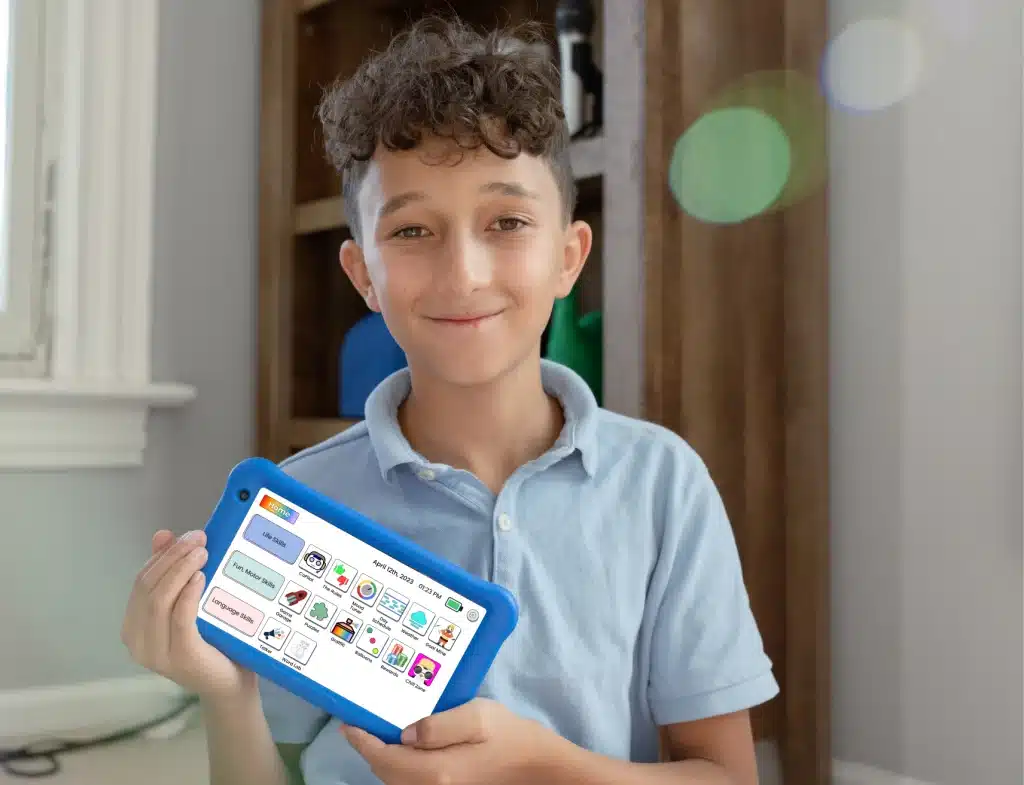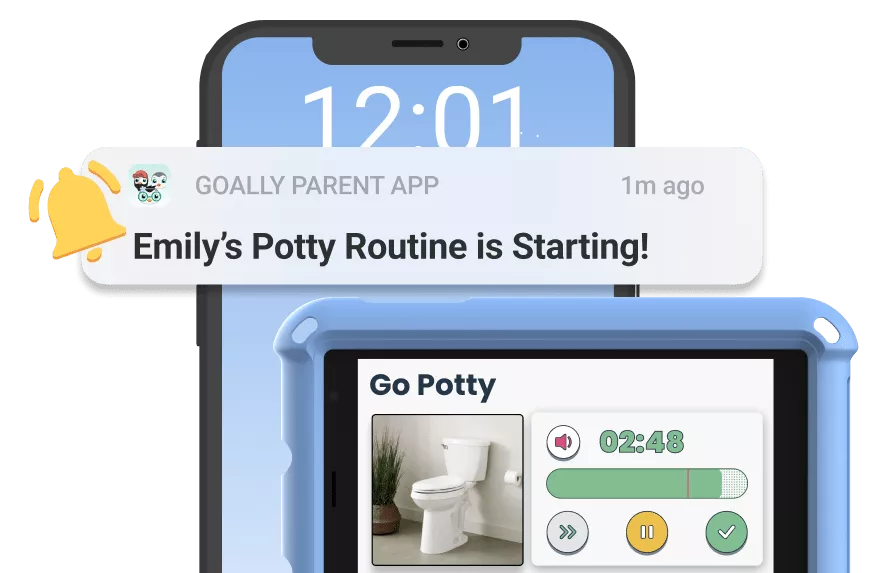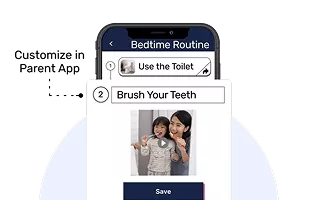Imagine the bond between you and your neurodivergent child as a dance, with attachment styles setting the rhythm. You might wonder, “Can attachment styles change?” The answer is yes, and understanding how to foster secure attachment can make a world of difference for your child’s emotional well-being. In this post, we’ll explore the different attachment styles, how they develop, and practical steps you can take to help your child build a secure attachment.
Table of Contents
Understanding Attachment Styles
Attachment styles are patterns of behavior that emerge from the way a child interacts with their primary caregiver. These styles develop early in life and can influence a child’s emotional well-being and relationships later on.
There are four main attachment styles:
- Secure Attachment: Kids feel safe and comfortable exploring their environment, knowing their caregiver will be there for them.
- Anxious Attachment: Kids are overly dependent on their caregiver and may become clingy or anxious when separated.
- Avoidant Attachment: Kids seem indifferent to their caregiver and may avoid closeness or emotional connection.
- Disorganized Attachment: Kids display inconsistent behavior, sometimes seeking comfort and other times avoiding it.
It’s essential to recognize that attachment styles are not set in stone. With the right support and understanding, attachment styles can change, allowing your child to develop healthier relationships and emotional well-being.
How Attachment Styles Develop
Attachment styles form during the first few years of a child’s life, primarily through their interactions with their primary caregiver. The quality of care, consistency, and responsiveness to a child’s needs play a significant role in shaping their attachment style. Neurodivergent kids, such as those with autism or ADHD, may face unique challenges in forming secure attachments due to differences in communication and social skills.

Research has shown that early experiences play a crucial role in shaping attachment patterns. However, later experiences and interventions can help modify these patterns. For example, a child with an anxious attachment style may develop a more secure attachment if their caregiver becomes more responsive and consistent in meeting their needs.
Can Attachment Styles Change?
Yes, attachment styles can change over time. While early experiences play a crucial role in shaping attachment patterns, research shows that later experiences and interventions can help modify these patterns. For example, a child with an anxious attachment style may develop a more secure attachment if their caregiver becomes more responsive and consistent in meeting their needs.
Read more: Autism Test
Understanding that attachment styles can change is essential for parents, as it offers hope and encouragement to work towards fostering secure attachment in their children. Read more about autism and attachment here.
Steps to Foster Secure Attachment in Your Child
As a parent, you can take several practical steps to help your neurodivergent child develop a secure attachment style.

Here are some strategies to consider:
- Be Responsive: Respond to your child’s needs promptly and consistently. This helps them feel secure and builds trust.
- Provide Emotional Support: Offer comfort and reassurance when your child is sad or anxious. This helps them learn to regulate their emotions and feel safe expressing their feelings.
- Encourage Independence: Support your child’s efforts to explore and learn new skills. This helps them gain confidence and develop a sense of autonomy.
- Establish Routines: Consistent routines can provide a sense of predictability and stability for your kid, making them feel more secure.
- Seek Professional Help: If you’re concerned about your child’s attachment style, consider consulting a therapist or counselor who specializes in attachment issues.
By implementing these strategies, you can create an environment that supports your child’s emotional well-being and helps them develop a secure attachment style.
How Goally Can Help
Goally’s learning tablet and apps can be valuable tools in supporting your child’s emotional well-being and fostering secure attachment. By providing structure, consistency, and support for daily routines, Goally can help your child feel more secure and confident in their environment.
The tablet’s customizable features allow you to tailor the experience to your child’s unique needs, helping them develop essential skills and independence. By incorporating Goally into your child’s daily life, you can create a supportive environment that promotes secure attachment and emotional well-being.

Give your kid an independent future. Goally has 15+ learning apps that teach life skills. There are NO web browsers, social media, or YouTube.
Our apps teach executive function, language, emotional regulation, finger dexterity skills, and more. It also 100+ video classes teaching social skills.
Embracing the Dance of Attachment
So, can attachment styles change? Absolutely. By understanding the different attachment styles and taking proactive steps to foster secure attachment, you can help your neurodivergent child thrive emotionally and socially. Remember, the dance of attachment is an ongoing process. With patience, understanding, and support, you and your child can find the rhythm that works best for both of you.
This post was originally published on 05/10/2023. It was updated on 08/01/2023.

Goally
We help parents teach their kids life skills, like doing bedtime and morning independently. Backed by science, we incorporate evidence-based practices and expert-informed designs in all of our apps and content.





